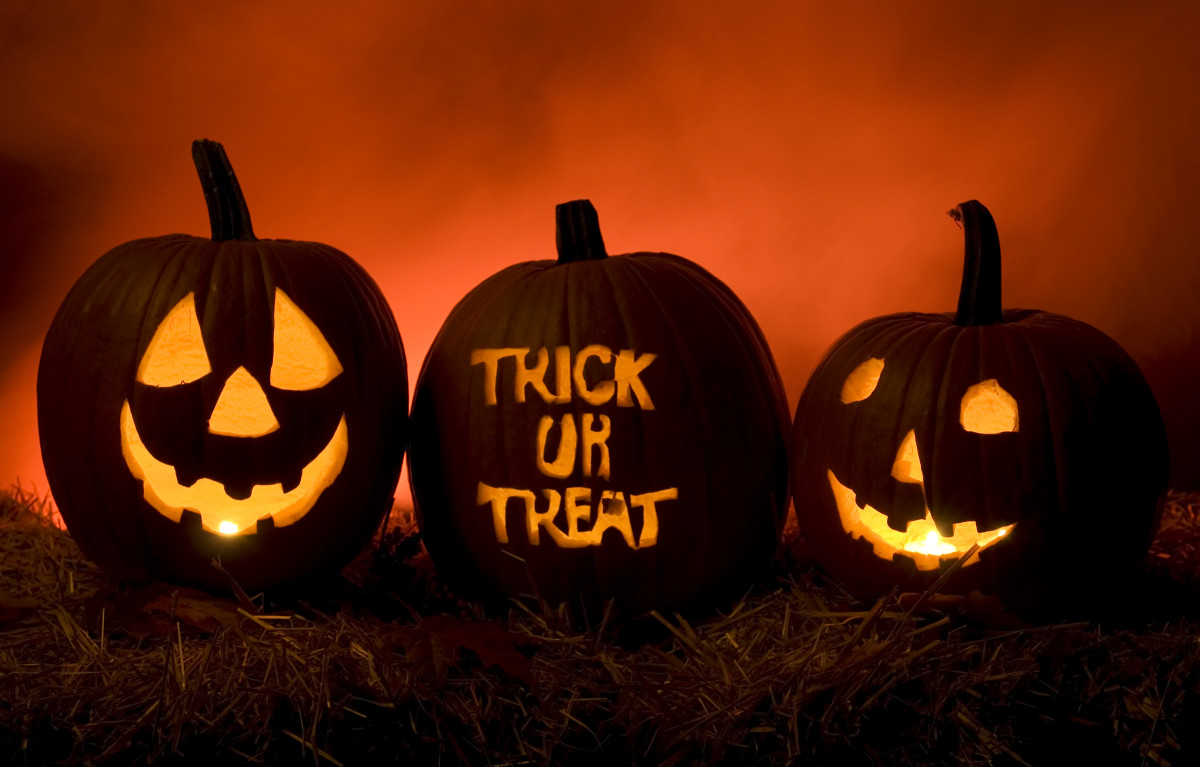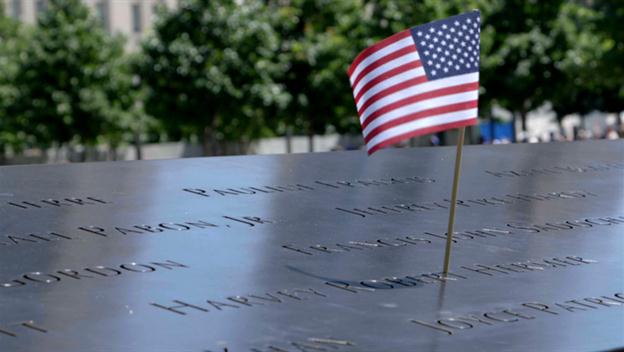By Emily Matthews, Year 10
Halloween is this Wednesday, and for most of the UK, America and Canada, this means eating sweets until your insides rot after trick-or-treating for hours, staying up late and dressing up in wild and wacky costumes.
But where did this holiday actually come from? How did Halloween happen?
Halloween is the long-time descendant of Samhain, a Celtic festival where people would light bonfires and dress up to ward off ghosts. Samhain marked the end of summer and the beginning of winter, which meant harder times, and so was often associated with death.
They believed that on Samhain, the wall between the worlds blurred, and the dead could cross over and return to the earth. To celebrate, the Celtic druids created huge sacred bonfires in which people would gather to throw crops and animals on as sacrifices to their pagan gods.
So, how did that seemingly-archaic holiday morph into the fun and candy-filled holiday we call Halloween?
Well, in 1000 C.E, the Church made November first All Saints Day, a day to honour the dead, similar to the Day of the Dead in Mexico. It was celebrated similarly to Samhain, with bonfires, parades and, of course, costumes. The night before All Saints Day began to be called All Hallows Day, and after some time, Halloween.
But where did trick-or-treating come from?
Trick-or-treating, or, at least the treat part, developed from a custom known as “souling”, where poorer people would visit the houses of the rich and receive little “soul cakes” in exchange for prayers for the dead. The tradition was later given to children, who would go door-to-door asking for things such as ale, food and money.
The trick came from Scottish and Irish tradition known as guising, similar to souling, where young people would accept treats consisting of nuts, fruit or money in exchange for reciting a poem, singing a song or other such tricks.
American colonists helped make Halloween popular, and Scottish and Irish immigrants brought the traditions of souling and guising with them. By the 1920’s, tricks were the ideal celebration of Halloween to the younger masses. It became a problem, as the damages amounted to over $100,000 in major metropolitan areas. The Great Depression only worsened the problem, with the pranks developing into vandalism, assualts and violence. Trick-or-treating was then adopted in the 1930’s as a less damaging alternative, soon cut short by sugar rationing from 1939-1945. After the war, the candy companies boomed, and trick-or-treating became normality for millions of American children, with many adverts and national campaigns aimed at Halloween.
Today, Halloween is a big deal in many European countries, with 6 billion dollars spent annually on Halloween in America alone. One thing’s for sure, it has definitely developed over the years.




Hey,
good article just one thing to pick you up on within what is written here. All Saints Day is All Hallows Day, the name Halloween comes from the celebration of All Hallows Eve, the day before All Hallows, like Christmas Eve for Christmas. All Saints celebrated the saints, martyrs and heroes of the faith that had passed. All Souls Day (2nd of November) commemorated all those who has passed away.
Otherwise a fun read.